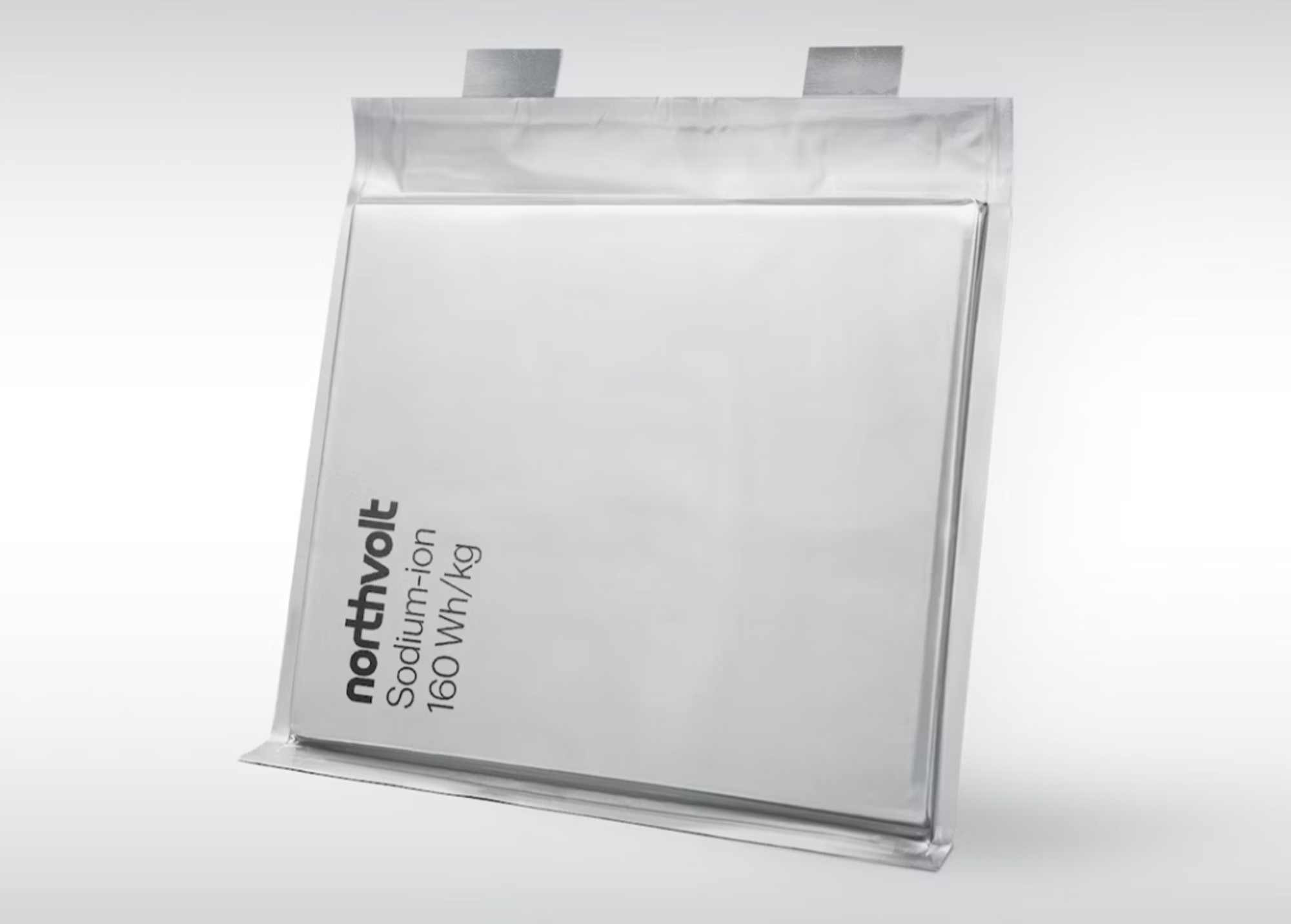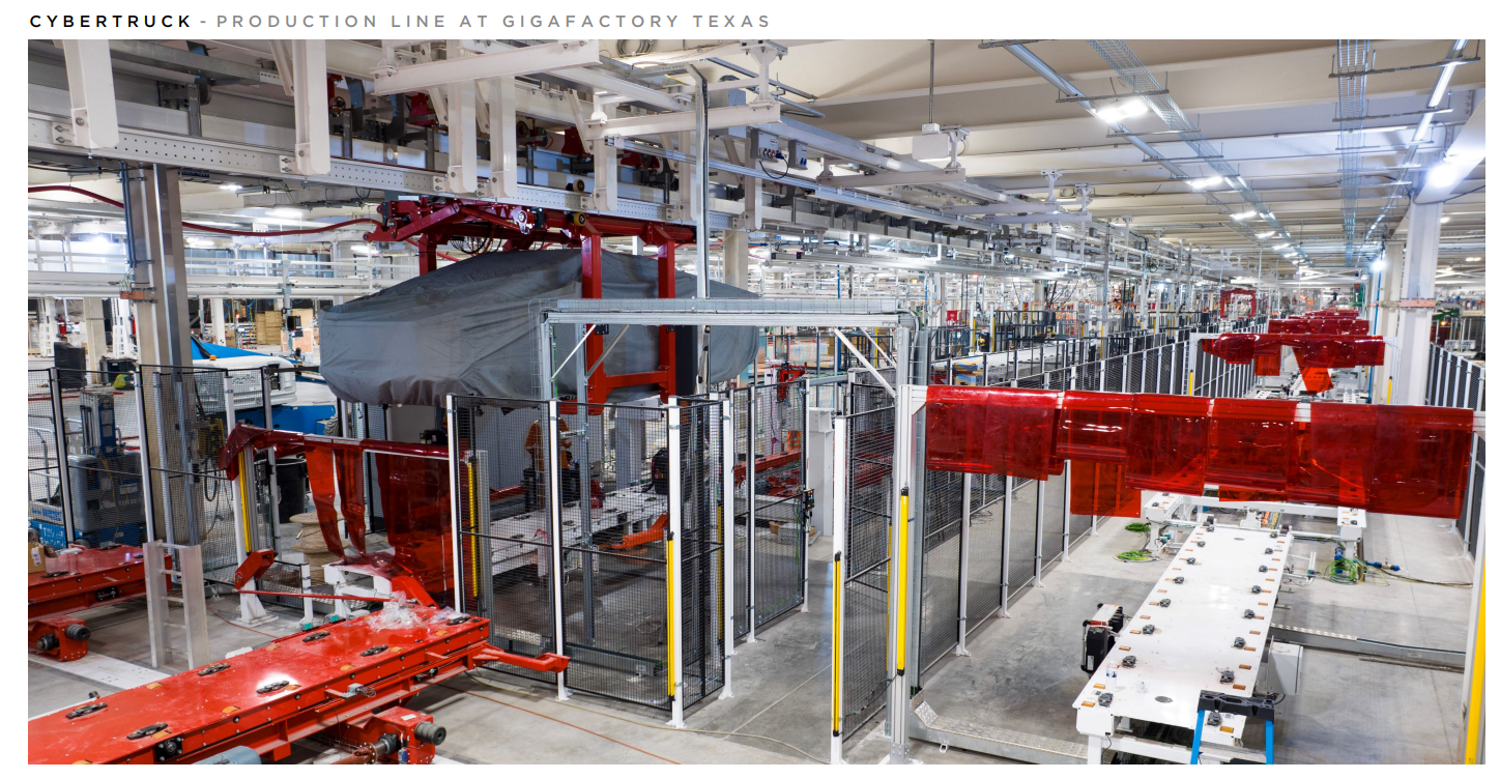Sign up for daily news updates from CleanTechnica on email. Or follow us on Google News!
There has been a lot of gloating lately in some circles, celebrating the fact that sales of electric cars have slowed somewhat, particularly in the US. Auto dealers in particular are quick to point fingers and say, “See? We said nobody wants to buy electric cars and we were right.”
During the UAW strike, Ford said it was putting plans for a new battery factory in Michigan on hold, to the delight of many. After the strike, Ford announced it would go forward with the factory after all but on a smaller scale than originally planned. It also said it would pare back production pans for its f-150 Lightning electric pickup truck. GM and Ram are also slow walking their own electric pickup trucks, although Ram says it has a true plug-in hybrid pickup truck — named Ramcharger — under development.
Not to worry, says Business Insider. These are all inevitable teething problems associated with any new technology. After all, the EV revolution is barely 12 years old. It started in earnest in 2011 when the Tesla Model S first went on sale.
Setbacks and false starts are to be expected. There just aren’t many inexpensive electric cars available yet except n China. In the US, the average price was right around $50,00 in September, according to Kelley Blue Book data. Auto executives have pointed to high prices as a big reason why demand for electric cars has slumped this year. [The Tesla Model 3 and Model Y each start well below that number.]
Despite all the gloom and doom, EV sales are on the rise with more than 1 million electric cars and trucks expected to be sold in the US this year — 9% of the passenger car market, according to Atlas Public Policy. That share is still well behind other countries, with EVs reaching 33% of sales in China and 35% in Germany in the first three months of 2023, according to Bloomberg New Energy Finance data.
Tesla is reportedly planning to put a 25,000 euro ($27,000) car into production next year and a number of fast moving developments in the technology behind electric vehicles may soon see prices plummet, Business Insider suggests. Goldman Sachs even thinks EVs will hit price parity with gasoline powered cars by the middle of this decade. Here are three reasons why sales of electric cars may accelerate soon,
Electric Cars And Batteries
Last year at this time, the price of lithium carbonate was through the roof, making the price of lithium ion batteries sky rocket in response. This year, lithium prices have fallen back to Earth and the cost of batteries is falling as a result. Goldman Sachs now predicts that prices for batteries will fall a further 40% by 2025. “The battery is the single biggest cost going into electric vehicles and it’s subject to the same kind of technology price curves that you see elsewhere,” David Browne, the UK chief of EV manufacturer Smart, told Business Insider.

New developments in batteries seem to be happening on an almost weekly basis. “We’re only scratching the surface in battery development,” said Browne. “Working with ICE engines, you were chasing the smallest improvement in efficiency because people had been working on it for over a hundred years. But battery technology is moving so quickly, and there are so many exciting developments that there is lots we can do to improve efficiency,” he added.
Leading the charge is the development of new classes of EV batteries, including sodium ion batteries, which are more sustainable and cost effective than battery cells based on lithium. Then there are solid state batteries, which are lighter and have more range but are more costly, at least for now.
Sodium is intriguing because it is cheap and abundant. Sodium batteries use no cobalt, manganese, or nickel, all of which have environmental issues in their supply chains. However, their energy density is about half that of a state of the art NMC lithium ion battery, so their use case in electric cars is quite limited for now. Nevertheless, progress is coming in leaps and bounds. They may find their way into more electric cars sooner than many expect.
With respect to solid state batteries, Toyota is making a big splash with news that it will have a solid state battery with a range of 745 miles — by the end of this decade. Even then, it says it will have only enough for maybe 10,000 cars or so in the early part of the next decade.
Better Charging For Electric Cars

745 miles of range is absurd, even asinine. No one has a bladder that can possibly last that long — 10½ hours or so at 70 mph — without stopping. 745 miles is a parlor trick designed to grab headlines while Toyota plows ahead making flotillas of hybrids that use 30 year old technology.
The play for electric cars is more and better charging options so batteries can be replenished easily when needed. That is something that is definitely happening today. According to Matthias Preindl, a professor of electrical engineering at Columbia University, boosting charging networks would allow manufacturers to put less emphasis on powerful range boosting batteries, which in turn would make their vehicles lighter and cheaper to produce. The payoff will be lower prices for consumers.
The Biden administration is investing $5 billion into improving America’s charging network for electric cars. Tesla’s Supercharger network is expanding rapidly, with the company planning to double the number of chargers it offers by 2024. It will be open to all EV drivers by the end of 2025 and most automakers who sell electric cars in the US have elected to adopt the Tesla North American Charging Standard for their cars by then as well.
Cox Automotive director Stephanie Valdez Streaty believes that will help boost the US’ charging infrastructure. “From an adoption standpoint, a consumer really wants to have that same experience as they do with an ICE (internal combustion engine vehicle), where it’s never a barrier,” she told Business Insider. “I think the key thing when it comes to charging infrastructure is going to be standardization,” she said.
Economies Of Scale

One rule of economics has yet to kick in for most manufacturers of electric cars. It is generally understood that manufactured goods get cheaper to make as more of them are produced, a concept known as economies of scale. There is an apocryphal story of a man who approached Henry Ford one day with an offer to make door locks for Ford cars. Ford liked the design and offered to pay the man a penny apiece for the locks — which was less than it cost to make them. The man was horrified, gathered his briefcase, and stormed out the door. He was thinking of the cost of producing one lock and failed to see the potential of making millions of them.
“You have to get to a certain scale to really start to make money on electric cars and for the costs to go down,” Valdez Streaty said. “You begin to see more innovation and improved efficiencies in the manufacturing process,” she added.
Tesla is now able to leverage economies of scale but most legacy automakers are not. The lessons learned from producing millions and millions of conventional cars for the last century don’t apply as easily to manufacturing electric cars. That’s an issue for legacy automakers, who have increasingly moved to cut EV production targets in the face of slowing demand.
Some companies such as Tesla are bringing down costs by changing how they mass produce their cars, with Elon Musk’s firm pioneering a new process called “gigacasting” that allows it to produce large parts of a car’s body through high pressure casting techniques. Other firms like Toyota and Volvo say they will adopt high pressure casting as well in an effort to reduce the cost of their electric cars.
There are concerns however. Will castings make it harder to fix cars that are involved in collisions, leading to higher repair and insurance costs? No one knows yet, but if cars made with castings cost less to buy but more to insure, that won’t do anything to move the needle on the sales of electric cars.
“I think one of the challenges that we’re seeing is that we’re still ramping up EV production. So as production increases we will see prices also decreasing long-term,” said Preindl.
The Takeaway
The EV revolution may have hit a speed bump but it has not gone off the rails. It’s more like it has paused for a moment to catch its breath before the next big growth spurt. For those who are worried electric cars might be a flash in the pan, a fad that will fade away, we have this word of advice: Patience, grasshopper.
Have a tip for CleanTechnica? Want to advertise? Want to suggest a guest for our CleanTech Talk podcast? Contact us here.
I don’t like paywalls. You don’t like paywalls. Who likes paywalls? Here at CleanTechnica, we implemented a limited paywall for a while, but it always felt wrong — and it was always tough to decide what we should put behind there. In theory, your most exclusive and best content goes behind a paywall. But then fewer people read it!! So, we’ve decided to completely nix paywalls here at CleanTechnica. But…
Thank you!
CleanTechnica uses affiliate links. See our policy here.




